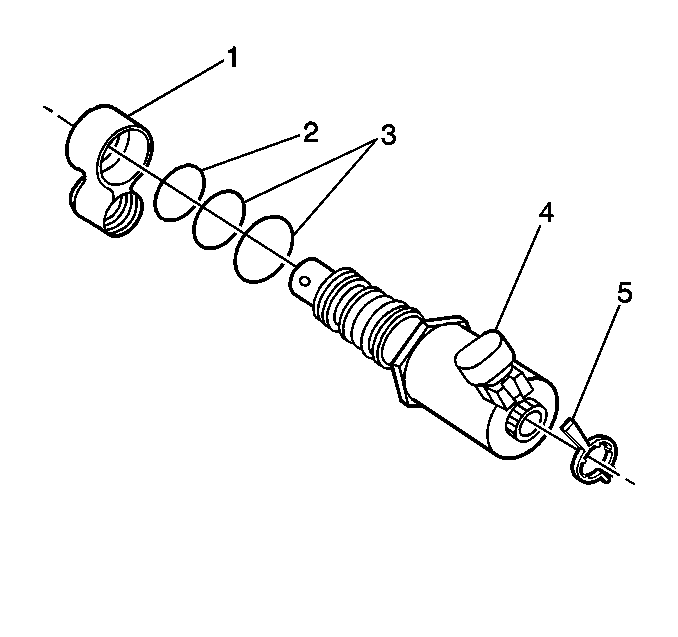The Variable Effort Steering (VES) system varies the driver
effort required to steer as vehicle speed changes. At low speeds, the system
provides maximum power assist for easy turning and parking maneuvers. At higher
speeds, steering assist is decreased to provide the driver with firmer steering
(road feel) and directional stability.
The VES system accomplishes this by reducing power steering fluid flow
from the pump as vehicle speed increases. When the vehicle is stationary,
the system provides maximum flow. As vehicle speed increases, fluid flow is
decreased.
Component Description
The VES system is made up of the following special power steering components:
| • | Electronic Brake Control Module (EBCM) |
| • | Power Steering Pump Actuator |
| • | Steering Wheel Position Sensor |
Electronic Brake Control Module (EBCM)

The VES steering system has software contained in the Electronic Brake
Control Module (EBCM). It processes vehicle speed information from the ABS
wheel speed sensors and uses the steering wheel position sensor to provide
a control signal to the power steering pump actuator on the power steering
pump.
Power Steering Pump Actuator
The power steering pump actuator assembly at the power steering pump
discharge fitting contains an electronic variable orifice (EVO) solenoid-operated
pintle valve. Fluid leaving the pump passes through an orifice in the actuator
tip. When the solenoid is grounded by the EBCM, it moves the pintle into the
orifice, reducing power steering fluid flow. As vehicle speed increases, the
pintle restricts the orifice proportional to the speed of the vehicle.



